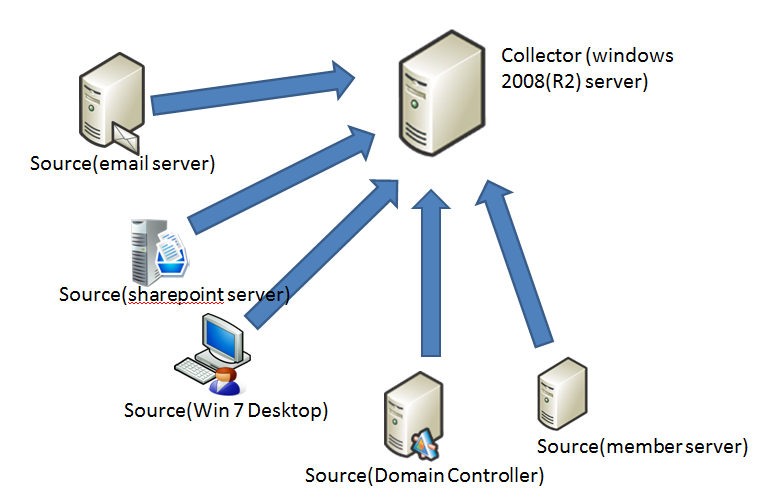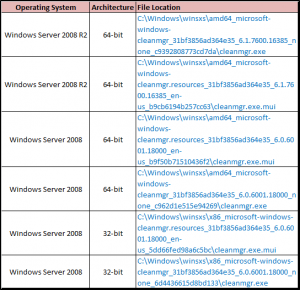“Could you please send me a screenshot of what you are seeing?”. This is a frequent question we system administrators ask the end users. So, I just got a thought why I can’t take a screenshot of desktop using powershell so that I can incorporate this to my other automations if needed. That is when this script born.
When searched in google for this, I found a stackoverflow thread(http://stackoverflow.com/questions/2969321/how-can-i-do-a-screen-capture-in-windows-powershell) where different approaches are described to take a screenshot using powershell. I could make only one method working and the other is having problems. However, the working method has a limitation as I need to explicitly pass the width and height of the screen that has to be captured. If I am interested on whole screen, from where I can get these coordinates? My previous post(Get-ScreenResolution) came handy here. I read the screen resolution details using Get-Screenresolution.ps1 script and passed the output to the function I found in stackoverflow. Now it is working exactly the way I want.
For general usage, I made few more modifications to the code to allow explicitly pass the width and height details using -Width and -Height parameters. There is also another parameter called -FileName using which you can provide the name you want for the screenshot. Don’t provide a file extension here. The script saves the output in PNG format by default. If -FileName parameter is not specified you can see the output in %temp% with Screenshot.png name.
Get-ScreenShot.ps1
[cmdletbinding()]
param(
[string]$Width,
[string]$Height,
[String]$FileName = "Screenshot"
)
#Function to take screenshot. This function takes the width and height of the screen that has
#to be captured
function Take-Screenshot{
[cmdletbinding()]
param(
[Drawing.Rectangle]$bounds,
[string]$path
)
$bmp = New-Object Drawing.Bitmap $bounds.width, $bounds.height
$graphics = [Drawing.Graphics]::FromImage($bmp)
$graphics.CopyFromScreen($bounds.Location, [Drawing.Point]::Empty, $bounds.size)
$bmp.Save($path)
$graphics.Dispose()
$bmp.Dispose()
}
#Function to get the primary monitor resolution.
#This code is sourced from
# https://techibee.com/powershell/powershell-script-to-get-desktop-screen-resolution/1615
function Get-ScreenResolution {
$Screens = [system.windows.forms.screen]::AllScreens
foreach ($Screen in $Screens) {
$DeviceName = $Screen.DeviceName
$Width = $Screen.Bounds.Width
$Height = $Screen.Bounds.Height
$IsPrimary = $Screen.Primary
$OutputObj = New-Object -TypeName PSobject
$OutputObj | Add-Member -MemberType NoteProperty -Name DeviceName -Value $DeviceName
$OutputObj | Add-Member -MemberType NoteProperty -Name Width -Value $Width
$OutputObj | Add-Member -MemberType NoteProperty -Name Height -Value $Height
$OutputObj | Add-Member -MemberType NoteProperty -Name IsPrimaryMonitor -Value $IsPrimary
$OutputObj
}
}
#Main script begins
#By default captured screenshot will be saved in %temp% folder
#You can override it here if you want
$datetime = (Get-Date).tostring("dd-MM-yyyy-hh-mm-ss")
$FileName = "{0}-{1}" -f $FileName, $datetime
$Filepath = join-path $env:temp $FileName
[void] [Reflection.Assembly]::LoadWithPartialName("System.Windows.Forms")
[void] [Reflection.Assembly]::LoadWithPartialName("System.Drawing")
if(!($width -and $height)) {
$screen = Get-ScreenResolution | ? {$_.IsPrimaryMonitor -eq $true}
$Width = $screen.Width
$Height = $screen.height
}
$bounds = [Drawing.Rectangle]::FromLTRB(0, 0, $Screen.Width, $Screen.Height)
Take-Screenshot -Bounds $bounds -Path "$Filepath.png"
#Now you have the screenshot
Usage:
Simple, just run the script from powershell window, you will see the output in %temp%\screenshot-29-02-2020-07-34-04.png
Hope this helps… feedback welcome.


